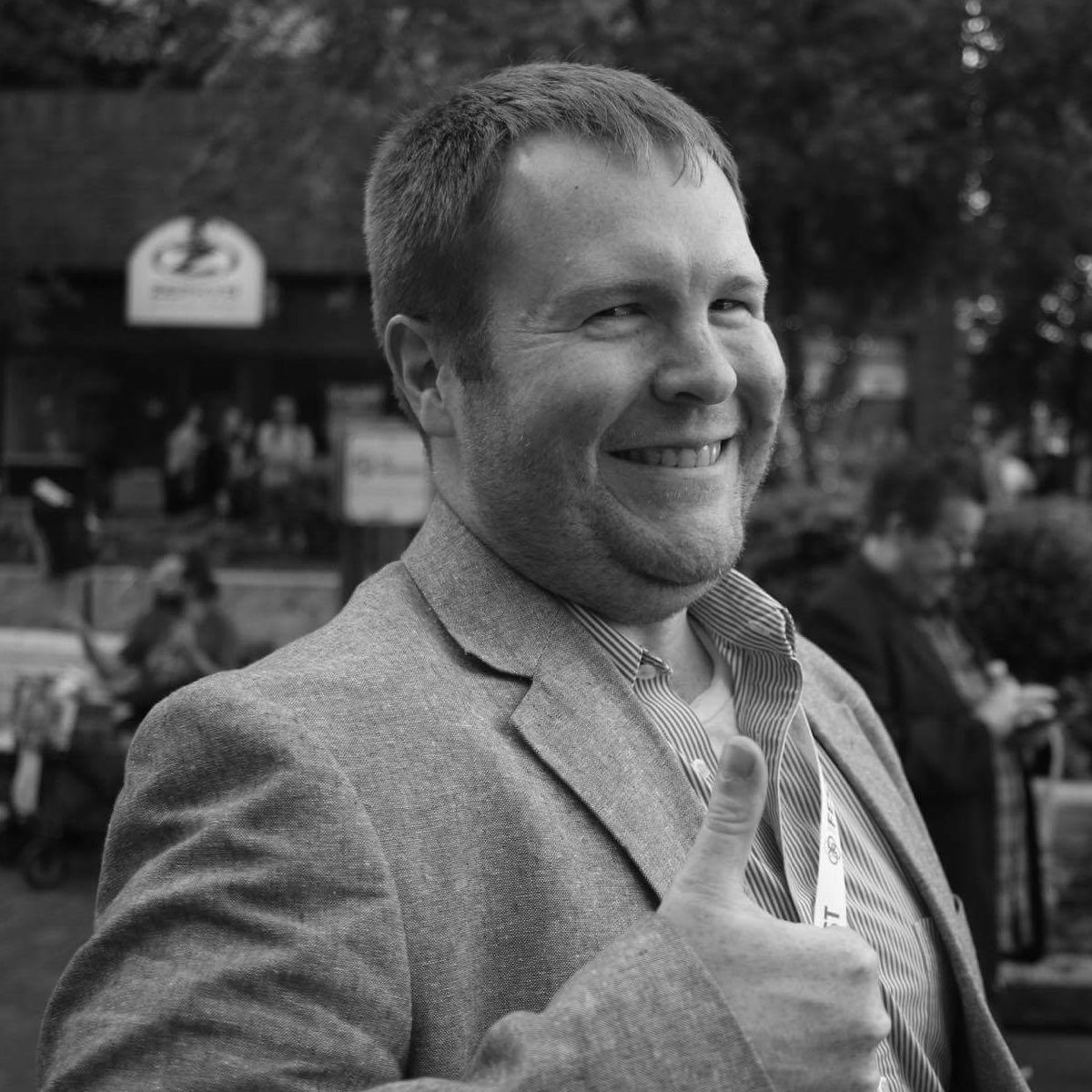Peter Thiel
Zero to One
ISBN: 978-0-75355-519-4
Over the past couple of years, I’d heard from a few friends in the entrepreneurial community that Peter Thiel’s book Zero to One was a good, quick read that they found interesting and a bit energizing. I’m always looking for books on startups to add to my reading list, so I decided to pick up a copy of the book. While the pace of the book was quite brisk, and I read through it in the better part of one afternoon, the text was packed full of information from cover to cover.
Thiel urged readers to think about the future of business and startups based on what has happened in the past. The overarching message was that anyone can scale a business or replicate a product from one to infinity – the leaders of yesterday, today, and tomorrow work to create new products, services, markets, and ideas, and take those creations from “zero to one.” Creatives and innovators from the dawn of time have taken new ideas and products from absolutely nothing and created something. The fact that anyone, anywhere can take something already created and copy it again and again is why manufacturing and replication follows the cheapest offer, and routinely winds up in less developed countries overseas.
Scaling from zero to one rather than from one to infinity means discovering new technologies and industries, rather than trying to “disrupt” an industry. If you’ve followed the world of startups over the last couple of decades, the term “disruption” has been used to death. Disrupting something isn’t creating something from nothing – it’s merely moving the existing pieces around instead of creating a brand new set of pieces. We’re at a point now where most, if not all industries have been disrupted by startups, and many of these “disruptive” startups have either failed (because the market just isn’t there) or have been acquired by larger firms. It’s time to create new technologies, and then try to take away market share from the big players, rather than starting in the same arena as the big firms.
A two-by-two matrix was also introduced to discuss different ways of thinking that can lead (or stifle) innovation. Societies, companies, and organizations that fit into the upper-left quadrant, the definite optimists, have a plan and are looking toward the future. These definite optimists are the key to success, and are the organizations that can move from zero to one. Thiel warned that the United States is drifting into the upper-right quadrant, the realm of indefinite optimism – still positive about the outcomes, but with no plan to get there. He also mentioned China as a definite pessimist society, and Europe floating around as an indefinite pessimist society. The United States needs a definite plan for the future, while keeping a bright outlook.
The book also mentioned different defining characteristics for startups that tend to predict success – funding, company secrets, the composition of a startup team, the pros and cons of automation, among others. I found it nearly impossible to walk away from each chapter of this book without picking up at least a couple of tidbits of information. Zero to One is a book I plan to keep and read again a few years from now, as I move forward on my work in the entrepreneurial ecosystem – not something I plan to do with most of the books I’ve read and reviewed for this series. I think that I’ll take away different information reading the book again in the future.
Overall, 10/10, would highly recommend to other startup founders and to policy leaders who want a better perspective on how to move our country and our economy forward. It should be an imperative for both business and governmental leaders to figure out where America can continue to lead the world. Our country has nearly held a monopoly on innovation, as our economic system and relative lack of regulation as compared to other parts of the world has invited people to take risks that they can’t or won’t elsewhere on Earth. To paraphrase a segment of the book: tomorrow’s innovation won’t come from replicating today’s successes. We need to keep moving upward and onward, not spin in a circle.
